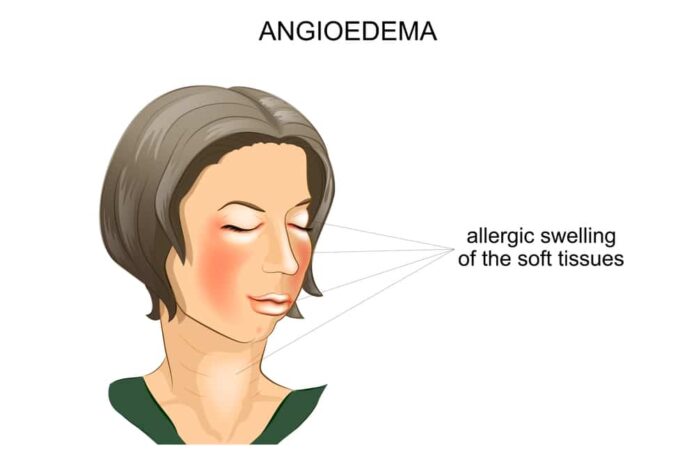Overview Of Hereditary Angioneurotic Edema
Hereditary Angioneurotic Edema is a disorder characterized by recurrent episodes of severe swelling (angioedema). The most common areas of the body to develop swelling are the limbs, face, intestinal tract, and airway. Minor trauma or stress may trigger an attack, but swelling often occurs without a known trigger. Episodes involving the intestinal tract cause severe abdominal pain, nausea, and vomiting. Swelling in the airway can restrict breathing and lead to life-threatening obstruction of the airway. About one-third of people with this condition develop a non-itchy rash called erythema marginatum during an attack.
Symptoms of hereditary angioneurotic edema typically begin in childhood and worsen during puberty. On average, untreated individuals have an attack every 1 to 2 weeks, and most episodes last for about 3 to 4 days. The frequency and duration of attacks vary greatly among people with hereditary angioneurotic edema, even among people in the same family.
There are three types of hereditary angioneurotic edema, called types I, II, and III, which can be distinguished by their underlying causes and levels of a protein called C1 inhibitor in the blood. The different types have similar signs and symptoms. Type III was originally thought to occur only in women, but families with affected males have been identified.
Commonly Associated With
- C1 esterase inhibitor deficiency
- C1 inhibitor deficiency
- HAE
- HANE
Causes Of Hereditary Angioneurotic Edema
Mutations in the SERPING1 gene cause hereditary angioneurotic edema type I and type II. The SERPING1 gene provides instructions for making the C1 inhibitor protein, which is important for controlling inflammation. C1 inhibitor blocks the activity of certain proteins that promote inflammation. Mutations that cause hereditary angioneurotic edema type I lead to reduced levels of C1 inhibitor in the blood, while mutations that cause type II result in the production of a C1 inhibitor that functions abnormally. Without the proper levels of functional C1 inhibitor, excessive amounts of a protein fragment (peptide) called bradykinin are generated. Bradykinin promotes inflammation by increasing the leakage of fluid through the walls of blood vessels into body tissues. Excessive accumulation of fluids in body tissues causes the episodes of swelling seen in individuals with hereditary
angioneurotic edema type I and type II.
Mutations in the F12 gene are associated with some cases of hereditary angioneurotic edema type III. This gene provides instructions for making a protein called coagulation factor XII. In addition to playing a critical role in blood clotting (coagulation), factor XII is also an important stimulator of inflammation and is involved in the production of bradykinin. Certain mutations in the F12 gene result in the production of factor XII with increased activity. As a result, more bradykinin is generated and blood vessel walls become leakier, which leads to episodes of swelling in people with hereditary angioneurotic edema type III. The cause of other cases of hereditary angioneurotic edema type III remains unknown. Mutations in one or more as-yet-unidentified genes may be responsible for the disorder
in these cases.
Other
This condition is inherited in an autosomal dominant pattern, which means one copy of the altered gene in each cell is sufficient to cause the disorder.
In some cases, an affected person inherits the mutation from one affected parent. Other cases result from new mutations in the gene and occur in people with no history of the disorder in their family.



